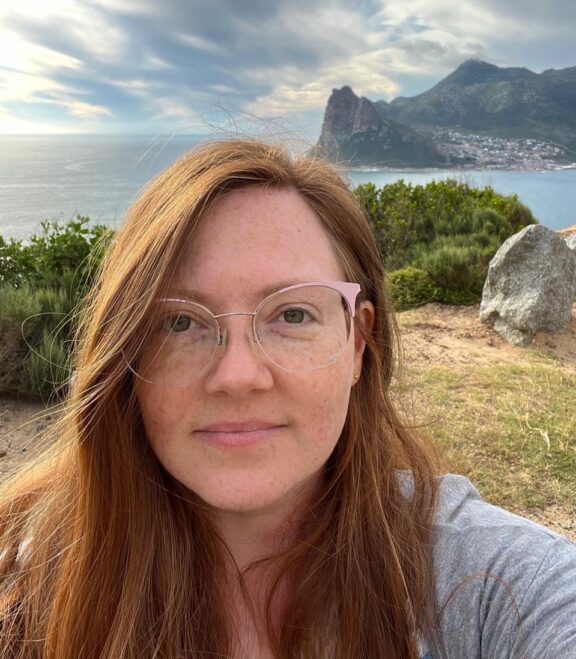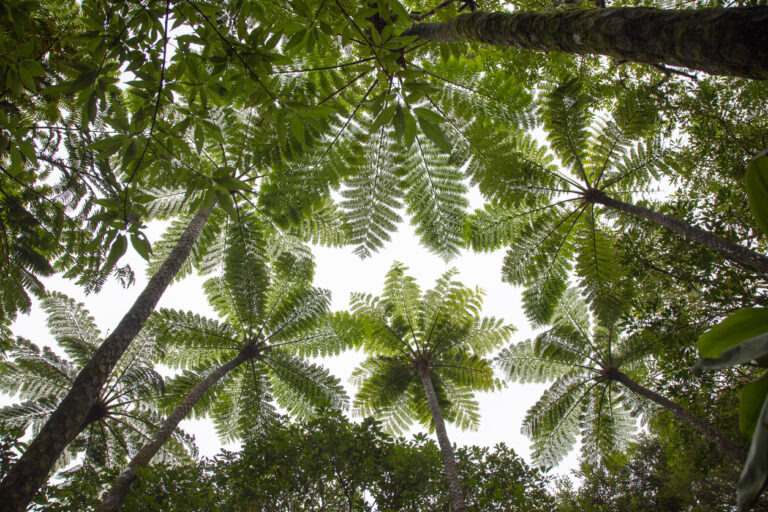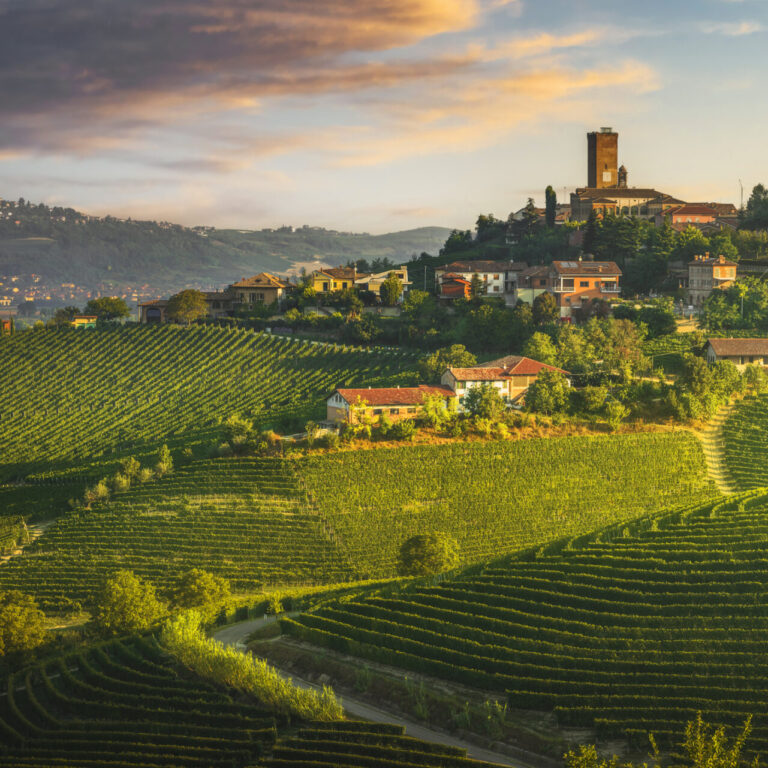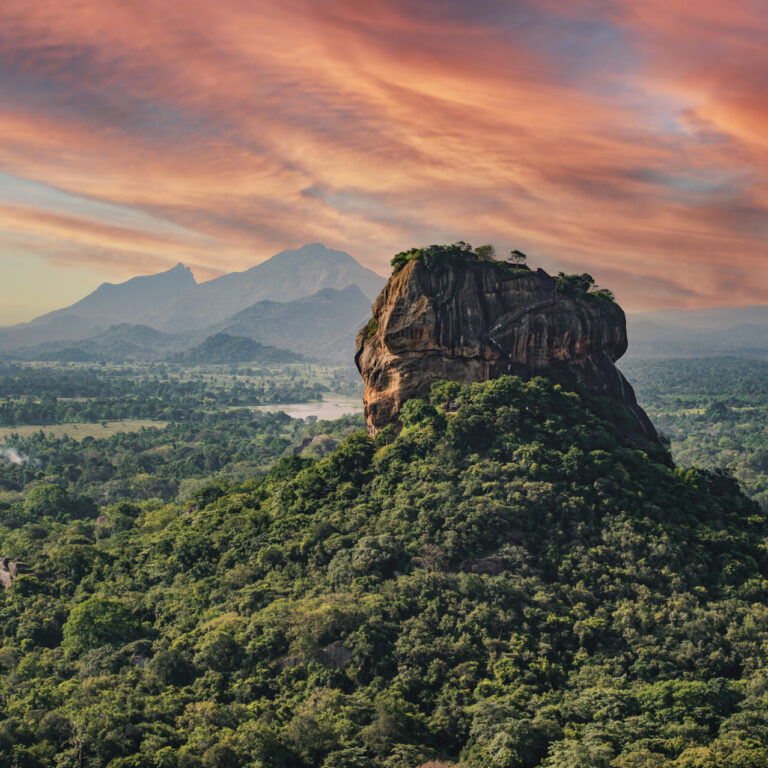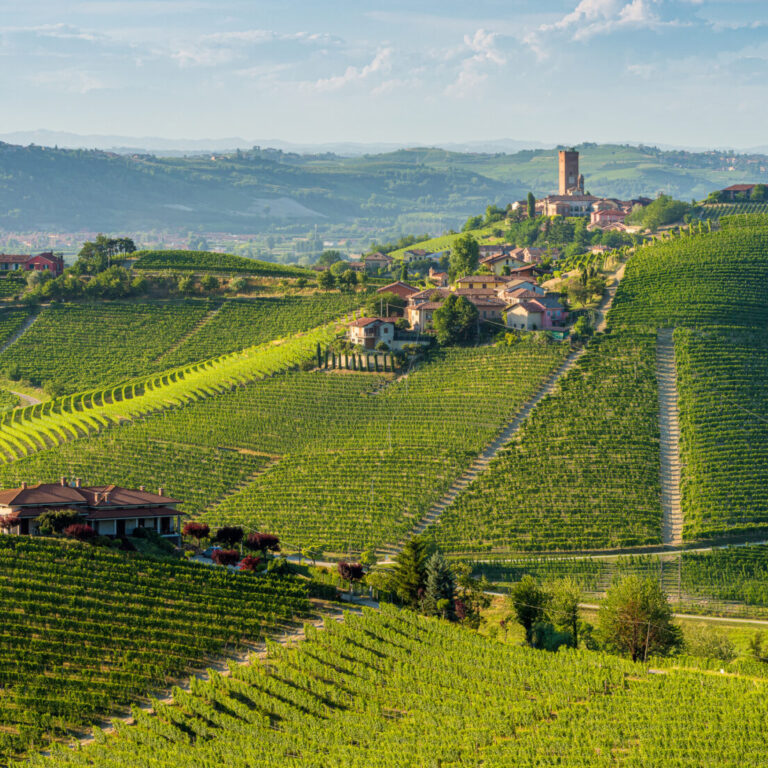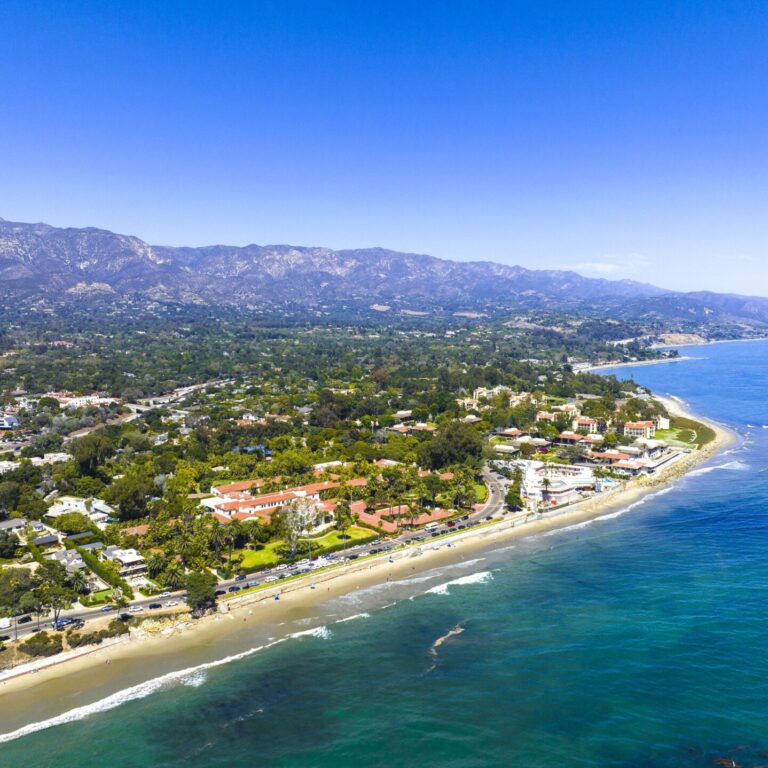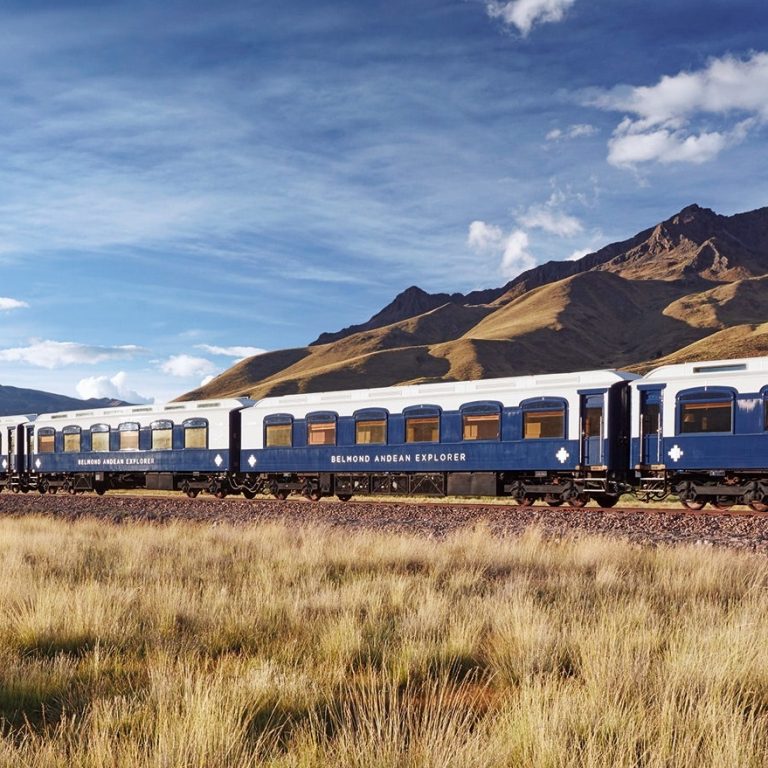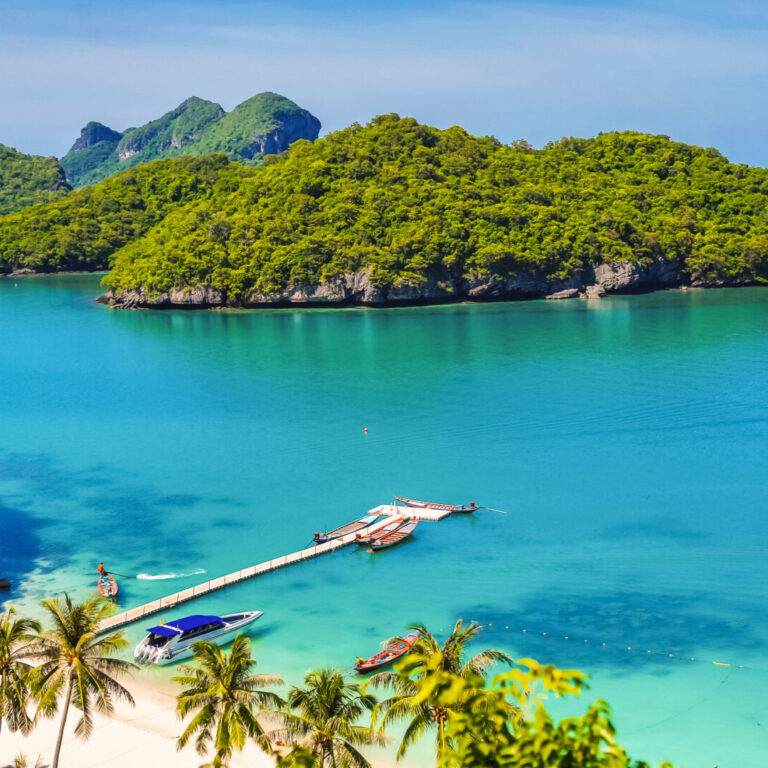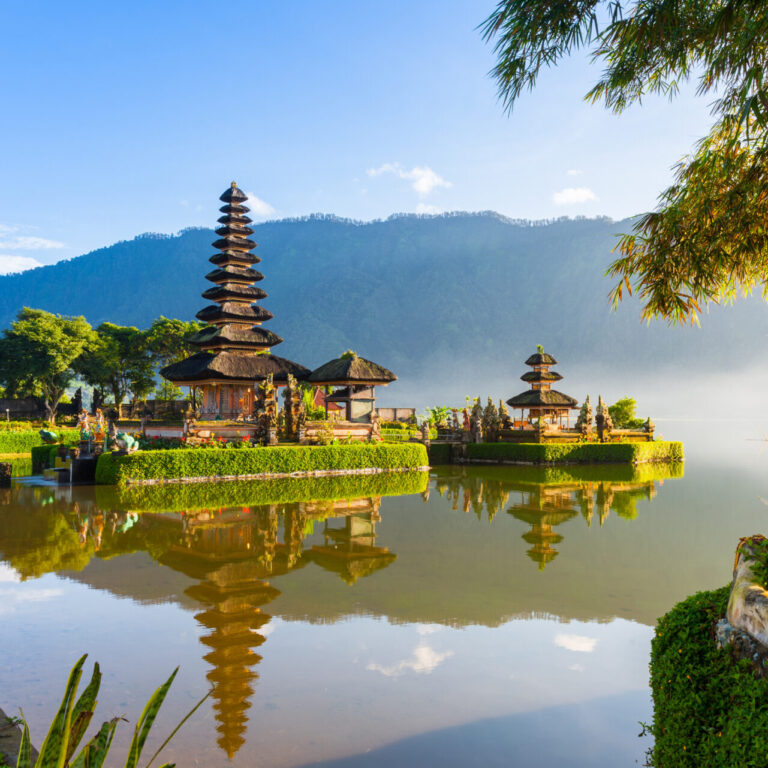This island offers nature lovers everything they could wish for. Its crystal-clear waters — a shade so distinct it’s been given its own name, Kakeroma Blue (somewhere between sapphire and aquamarine) — harbor spectacular marine life: turtles, colorful tropical fish in reefs, dolphins, and whales included. There is even a heart-shaped rock pool, the Amami Heart Rock, on one of its pristine beaches.
Beyond the coast, Amami Oshima’s mountainous terrain is blanketed with UNESCO-listed forests that brim with species found nowhere else in the world. In fact, the island has the second biggest mangrove forest in the whole of Japan.
Local eco-guides will lead you through the thick canopies, helping you spot elusive endemic wildlife like “Japan’s most beautiful frog” — Ishikawa’s frog — and the nocturnal black rabbit (you can go on a special night drive to spot these, living your own version of Alice in Wonderland).

